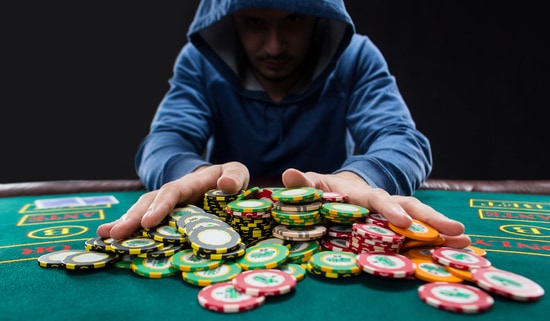Small Poker Tournament Strategy
Introduction to Sit N Go Poker Tournament Strategy 2021. From the early rounds, through to the final rounds - How to build your bankroll & come out on top.


- Getting through the Beginning, Middle & Late Stages. All poker tournaments have a beginning.
- Strategies for Beating Small Stakes Poker Tournaments - Kindle edition by Little, Jonathan, Adams, Ken. Download it once and read it on your Kindle device, PC, phones or tablets. Use features like bookmarks, note taking and highlighting while reading Strategies for Beating Small Stakes Poker Tournaments.
In tournament poker, unless you are either extremely lucky or talented or both, you will often have to play with a small stack. Using the M ratio, we can define a small stack as having M≤6, i.e. you are in the red zone and can survive at most 6 orbits. The largest possible chip stack that we define as small is M=6, but the average is lower around M=3 or 4, and survival is a pressing concern for you in this scenario.
When you are in the red zone, the only two possible moves are fold or push all-in. If you made a bet smaller than your entire stack, your remaining chips would be so few that they would not represent any threat to your opponents in future betting rounds. You would have no fold equity, because you would offer excellent pot odds if a player called your next bet. The superior move is to use your entire stack in order to put maximum pressure on the other players at the table.
The red zone is the time to be as aggressive as possible, as you face elimination in a few rounds. You should play a wide range of hands, such as all pairs, all aces and suited connectors. Your preferred move is to be first in the pot and to jam it.
If you like poker tournaments, Pokerstars is the online site with the most choice. With a small stack in a poker tournament, your position and ability to enter the pot first are more important than your hole cards. If you want a chance to make a come back, you cannot be choosy and you should bet about once per orbit until your stack gets bigger.

Do not be afraid to push with weaker hands when you have a small stack. Let us say we take the extreme case where your hole cards are 72o. If just one player calls your allin bet, your pot equity is 29% versus 44, 32% versus AJ and 12% versus JJ. Hence, unless you face a medium or big pair, you will be a 2:1 underdog most of the time.
Local Poker Tournaments
These odds are not that bad considering the weak hand that we choose. The important point to remember here is that most of the time you will have a reasonable chance to win the hand with any two cards. This is what Texas Hold'em Poker is all about, and this is why players complain about bad beats. There is always at least a moderate chance to win with ATC.

Your fate can take three turns when you jam your stack, (1) you get called, lose and get eliminated, (2) you double your stack, or (3) you win the pot without contest.
In order to stay afloat, you must win a few of case (2). Case (3) winning the blinds and antes may help too, especially if you raise a few limpers with a big hand. In this case you may increase your small stack by 50%. Fold equity is at play here and it works best if your image is on the conservative side. Your opponents have no idea what you have and you must use the allin machinery without fear.
Usually when you begin an allin routine, players will be reluctant to call, until they start to be annoyed and gear up to catch you. So it is better to start this strategy with slightly weaker hands first, and try to get a bit more conservative over time, so you have a better chance to get called when you hold a strong hand.
Small Poker Tournament Strategy
It is very common to have a small stack in tournament poker and it is often disheartening. Don't despair, there is always a chance. In the 2003 WSOP, someone with a very small stack on the second day of play was Sammy Farha. He only had 10% of the average starting stack, which is truly a small stack, and thought of giving up. He stayed and finished second to Chris Moneymaker, earning $1,3 million. Not bad for a small stack.